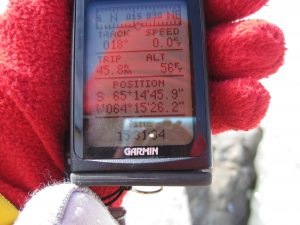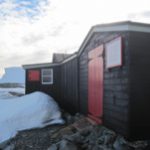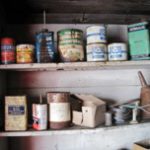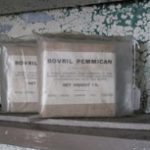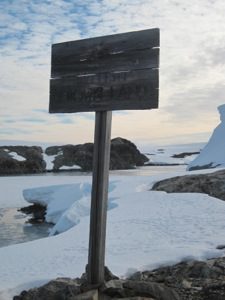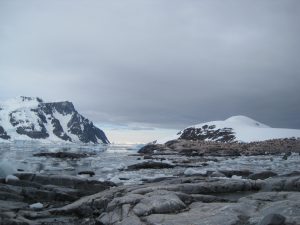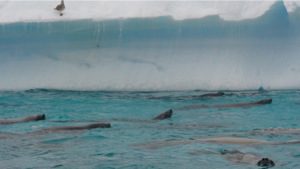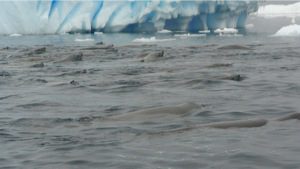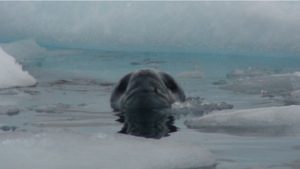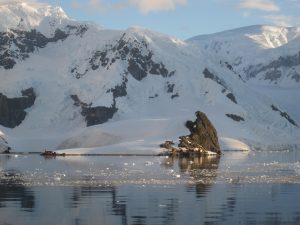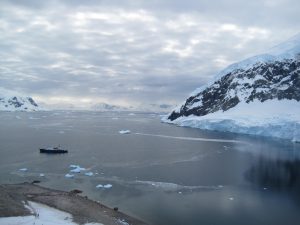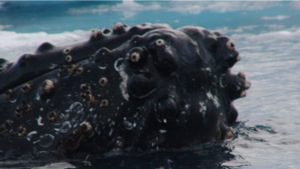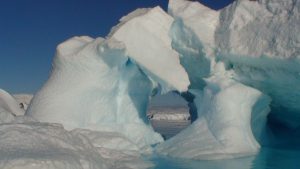65d 14m 46.8s S, 64d 15m 27.1s W (WP146)
65d 15m 04.2s S, 64d 15m 17.2s W (WP150)
Today would mark the furthest south for me on our voyage as we visited the active Ukrainian research base Vernadsky, active since 1996 when the Ukrainians had bought the station from the British. Vernadsky is the former Faraday station for British Antarctic Science. The Brits have since opened and continue to maintain two other permanent research stations on the Peninsular, Halley at 75deg S on the Weddell Sea coast and Rothera at 67deg S on Adelaide Island.
We learned Vernadsky is the home to 11 scientists & staff, 3 of which over-winter. Areas of research focus include meteorology, upper atmosphere studies, geophysics (Vernadsky has inherited over 70 years of magnetism research log, and has maintained and upgraded the magnetic observatory and continues to add to this unique science, resulting in one of the longest and the most continuous scientific datasets from the Antarctic), biology (studying seals and fish particularly during the winter) and glaciology (measuring the local ice cap movements). No astronomy, as the weather is pretty unpredictable and clear night skies are rare.
As this was a former British research station, we had the fortunate luck to be able to visit the inside of Wordie Hut (Argentine Islands), home to British researchers from 1947-1954 before Faraday was built. It has been preserved by the British Antarctic Trust and still contains canned goods, equipment and supplies just as they were left in the 1940s & 1950s.

